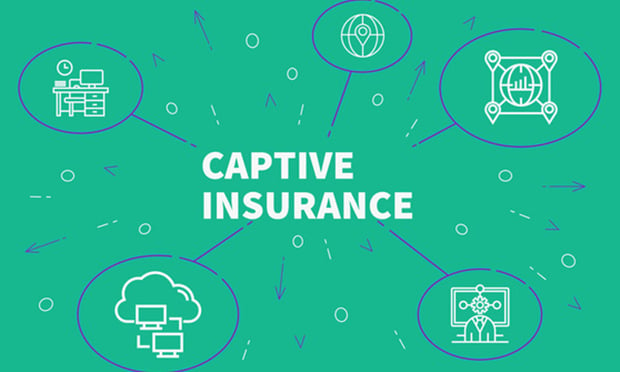Enterprise-risk management (ERM) has come a long way in a short time. Just a few years ago, the question was whether ERM was really even relevant.
Today, a growing perception that ERM “is a business discipline that can advance an organization's [big-picture] objectives” is driving higher adoption rates across all types of organizations, says Carol Fox, director of strategic and enterprise-risk practice with the Risk and Insurance Management Society.
In fact, acceptance of the strategic value of ERM has evolved to the point where ratings agencies and equity analysts are starting to ask companies to demonstrate that they have robust ERM programs in place.
Recommended For You
Want to continue reading?
Become a Free PropertyCasualty360 Digital Reader
Your access to unlimited PropertyCasualty360 content isn’t changing.
Once you are an ALM digital member, you’ll receive:
- Breaking insurance news and analysis, on-site and via our newsletters and custom alerts
- Weekly Insurance Speak podcast featuring exclusive interviews with industry leaders
- Educational webcasts, white papers, and ebooks from industry thought leaders
- Critical converage of the employee benefits and financial advisory markets on our other ALM sites, BenefitsPRO and ThinkAdvisor
Already have an account? Sign In Now
© 2025 ALM Global, LLC, All Rights Reserved. Request academic re-use from www.copyright.com. All other uses, submit a request to [email protected]. For more information visit Asset & Logo Licensing.








